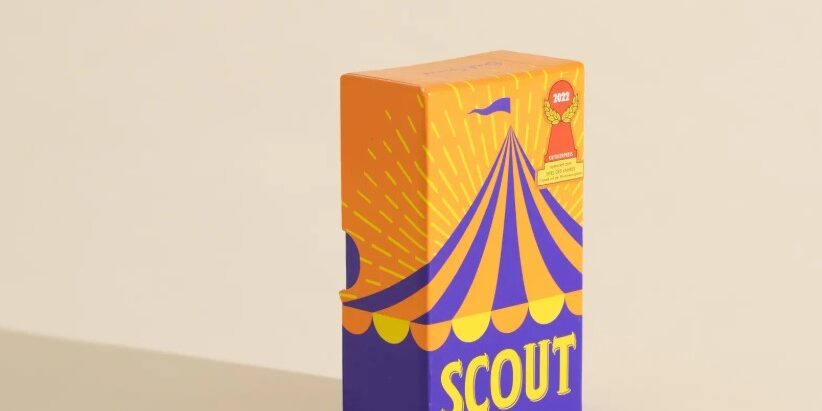Last time we introduced some fun card games designed by modern designers. Today we continue to bring you the second episode of the best card games.
1. Scout
How to play
In Scout, you are dealt a hand of cards that cannot be rearranged. When it is your turn, your challenge is to play a set of cards from that static hand (whether it is a run or a set) that is larger or more valuable than the cards played by the previous player.
If you do this, you can take the previous player’s cards as points, and the turn advances to the next player. If you can’t (or don’t want to), you can take a card from the current run or series in progress and place it anywhere on either side of their hand to “scout”.
The turn ends when any player’s cards are used up, or if every player scouts instead of playing cards during their turn. Every card left in your hand is against you. The score is calculated, and the game continues until you have played as many rounds as there are players in the game.
What’s special
The greatest fun in Scout is watching veteran players squirm when they realize they can’t rearrange their hands. But other than that, the game is easy to play, quick to play, colorful, and pleasing to look at.
2.Hanabi
How to play
Hanabi is a cooperative fun card games in which you play cards from your hand in order of 5 cards. But of course, there is a catch: you can never look at your cards. Instead, you turn the cards face out so that everyone else can see their information.
On your turn, you can play a card from your hand (without looking at it) and spend one of several timer tokens to convey specific information about the other players’ hands. For example, “This is a yellow card” or “These two cards are a 4.” Or discard a card to refresh these timer tokens. If you play a card out of order, you must flip over one of the three fuse tokens (also called lightning tokens in some versions). If you flip all three, everyone loses. Once the cards you drew are used up, everyone takes another turn, and you add the highest-valued card from each run to find your team’s total score.
What’s special
The desperation is offset by the pure joy you feel when you give them a perfectly worded hint. Their eyes widen. They confidently play the one card you all need them to play. Everyone is a winner.
3. Sprawlopolis
How to play
Each game of Sprawlopolis requires you and your friends to build a small city using 18 cards. (Each card has four quadrants, representing different areas of the city, such as parks or manufacturing. The game starts with three cards randomly turned over from the deck, which show the scoring criteria and the target score for that round. Then, the first player draws a hand of three cards, and the other players each receive one card.
On your turn, you play a card horizontally on the shared play space, then pass the remaining two board game cards to the left and draw another card from the deck. The game continues until all cards are played, at which point you evaluate your performance based on the target you found at the beginning of the game. If the team beats the sum of the numbers on the target card, everyone wins.
What’s Special
This is a fun game to challenge your friends, not because of the despite, but because of those well-designed annoyances. Friction is the point. When you shockingly, miraculously, pull it off. The process of overcoming the straight-jacket-like limitations becomes so satisfying.













